Photo credits:
Thorn Mimic Treehopper by Yogendra Joshi Treehopper by H. K. Tang Alchisme grossa by Robert Oelman Ant-mimicking treehopper (Cyphonia clavata) by Andreas Kay Oak Treehopper (Platycostis vittata) by Matthew Cicanese Oak treehoppers with nymph by Ken-ichi Ueda
0 Comments
By guest blogger: Katey Duffey 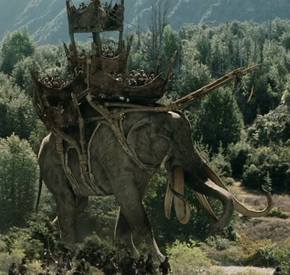 Mûmakil of Middle-earth, or “Oliphaunts” as the hobbits know them, are large, elephant-like animals that stand over 9m (30ft) tall at the shoulder. During the War of the Ring in The Lord of the Rings, the Haradrim people used them in battle. The most distinguishing feature of these creatures is their six massive tusks. Two are on the top jaw, two are on the bottom jaw, and two smaller tusks are on each side behind the others. Interestingly, the word “oliphaunt” is a variant spelling of the old English word “oliphant”, which is also the word for “elephant” in Dutch! It’s probably no accident that Tolkien, in all his genius, made that connection. 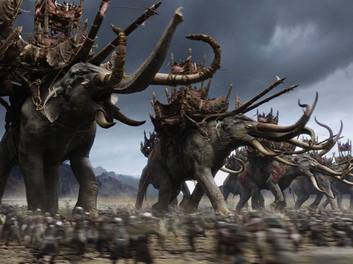 Speaking of connections, it may seem pretty bizarre to imagine a huge pachyderm with six tusks. However, during the late Miocene and early Pliocene epochs 23.5-5.3 million years ago, there was a real life animal that had FOUR huge tusks! This prehistoric mammal is thought to be the earliest ancestor of the modern elephant. It was a transition between a primitive elephant-like Gomphotherum, to the elephants we are familiar with in Africa and Asia today. First described by Italian paleontologist Carlo Petrocchi in 1941, Stegotetrabelodon ranged in North Africa, through southern Europe, and parts of Asia. Its past presence is best known in Abu Dhabi. In fact, the oldest fossilized elephant tracks that are in the Arabian Desert are from a herd of 13 Stegotetrabelon dating back 7 million years ago! There is even a set of tracks from a solitary male going in the opposite direction, which suggests that these animals had similar social behaviors as modern elephants. In Greek, “stego” means “roof”, referring to the roof-like plates on the molars; “tetra beledon” means “four tusks”, referring to the two long tusks on the top and bottom jaws. It belongs to the family Elephantidae, and subfamily Gomphotheriidae. Much smaller than Middle-earth’s Mûmakil, Stegotetrabelodon stood only around 4m (14ft) at the shoulders. The upper tusks were about 2.5m (8.2ft) long, while the bottom tusks were a bit shorter.
What is a tusk exactly? Tusks are basically just very long, modified teeth, usually incisors or canines, which stick out of an animal’s mouth when it is closed. Their purpose is most often used for digging or as a weapon. Other than elephants, what other species can you think of that sport an impressive set of tusks? References Choi, C.Q. (2012) Fossil Footprints Reveal Oldest Elephant Herd. www.Livescience.com/18581-fossil-footprints-oldest-elephant-herd.html Ferretti, M.P, Rook, L. & Torre, D. (2003). (Proboscidea, Elephantidae) from the late Miocene of Southern Italy. Journal of Vertebrate Paleontology, 23(3): 659-666. Lotr.wikia.com/wiki/mumakil Kalb, J. (2006). Adventures in the Bone Trade: The Race to Discover Human Ancestors in Ethiopia’s Afar Depression. Springer Science and Business Media. Pp 197. Stewart, J.R. (2005). Miocene Geology and Fossils of Abu Dhabi. In: edited by Mark Beech and Peter Hellyer. Abu Dhabi-8 Million Years Ago: Late Miocene Fossils from the Western Region. www.markbeech.com/pdf/Beech-and-Hellyer-2005-Abu-Dhabi-8mya.pdf
|
Blog Archive
|
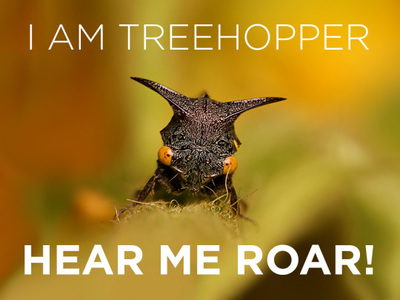
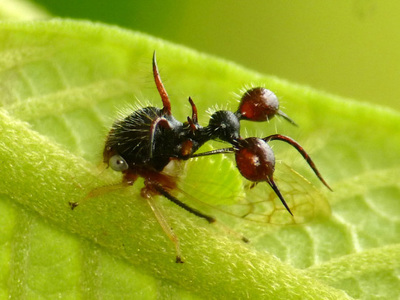

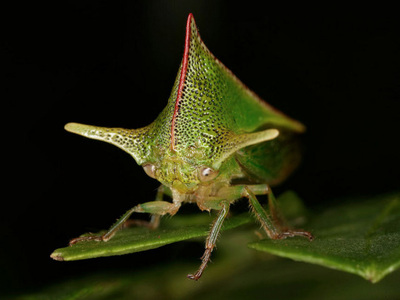
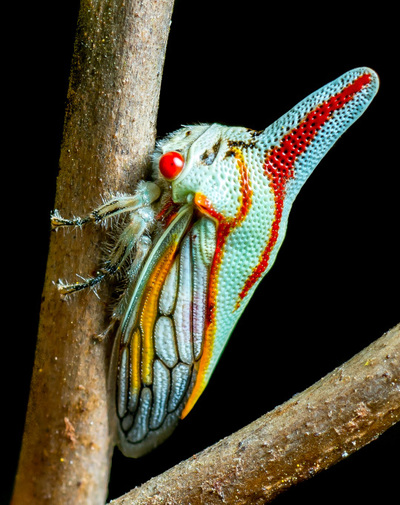
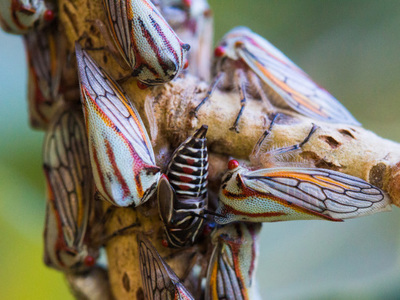
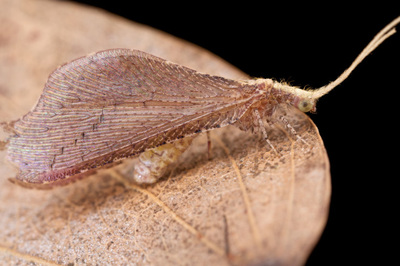
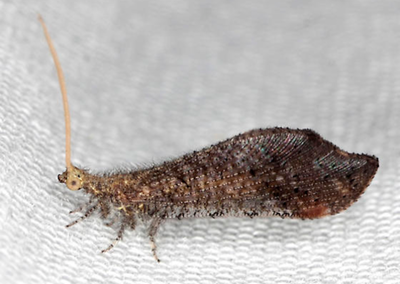
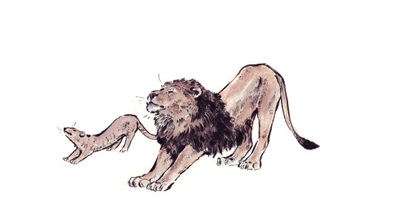
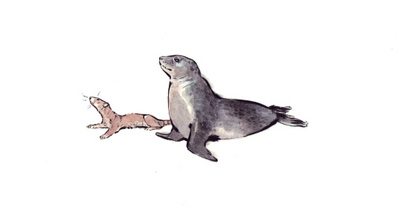

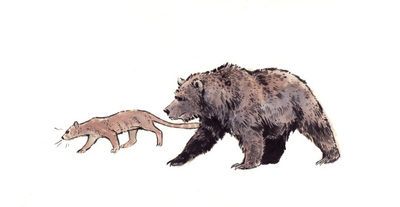



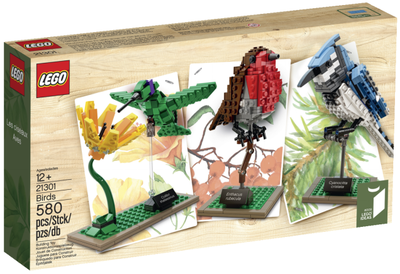
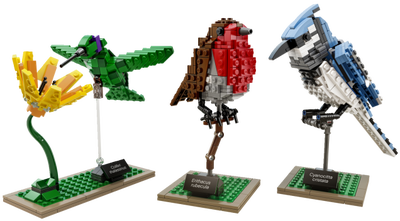
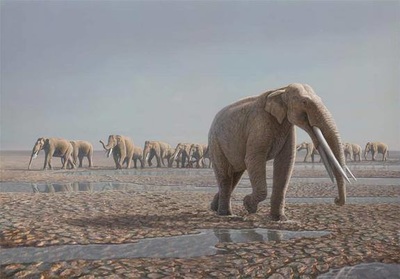
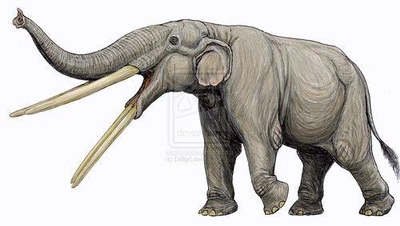
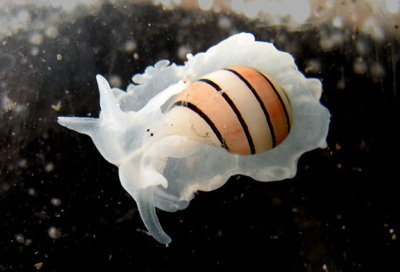
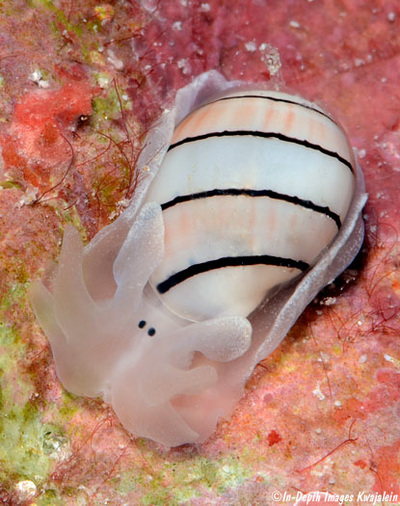
 RSS Feed
RSS Feed
